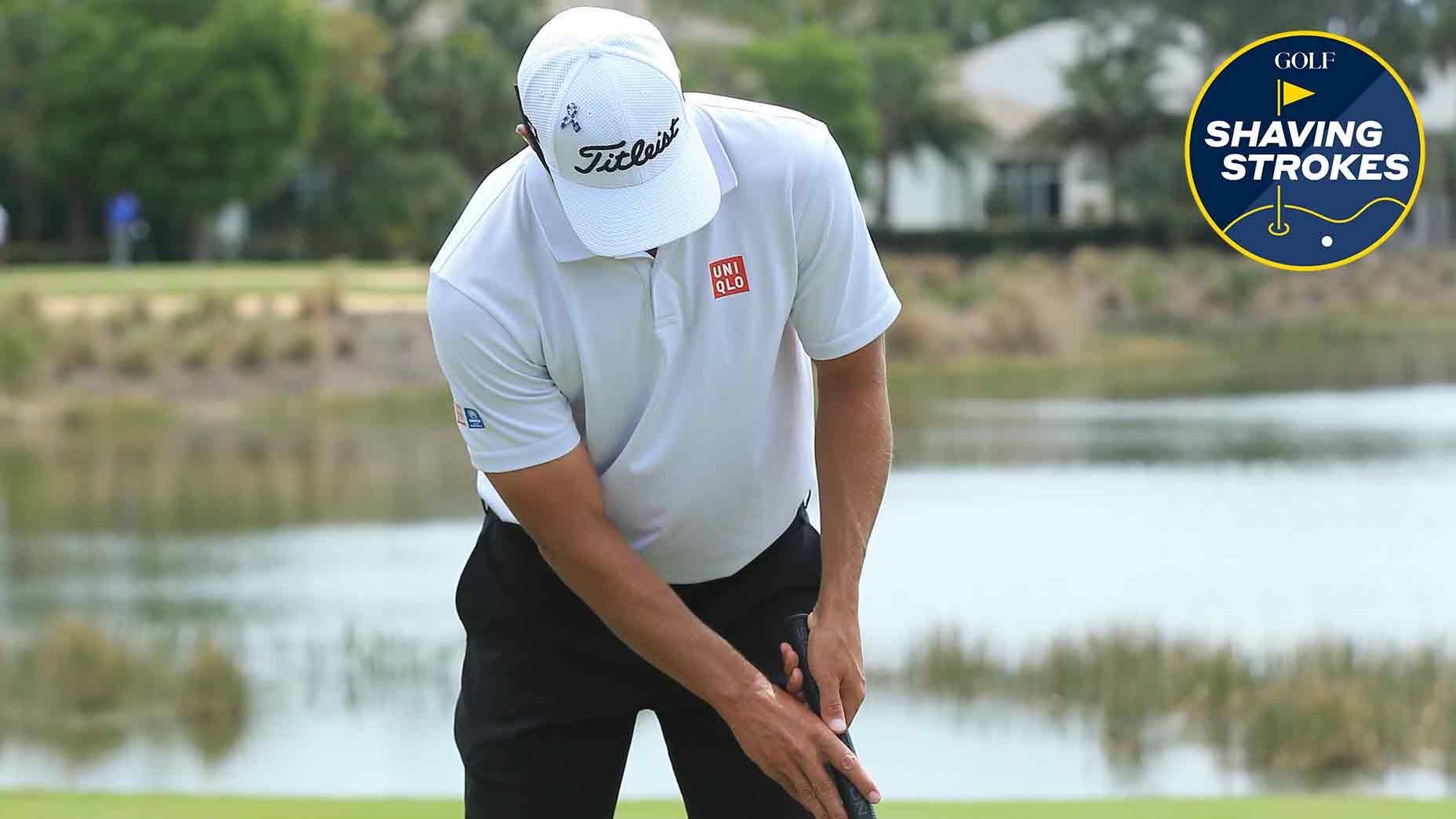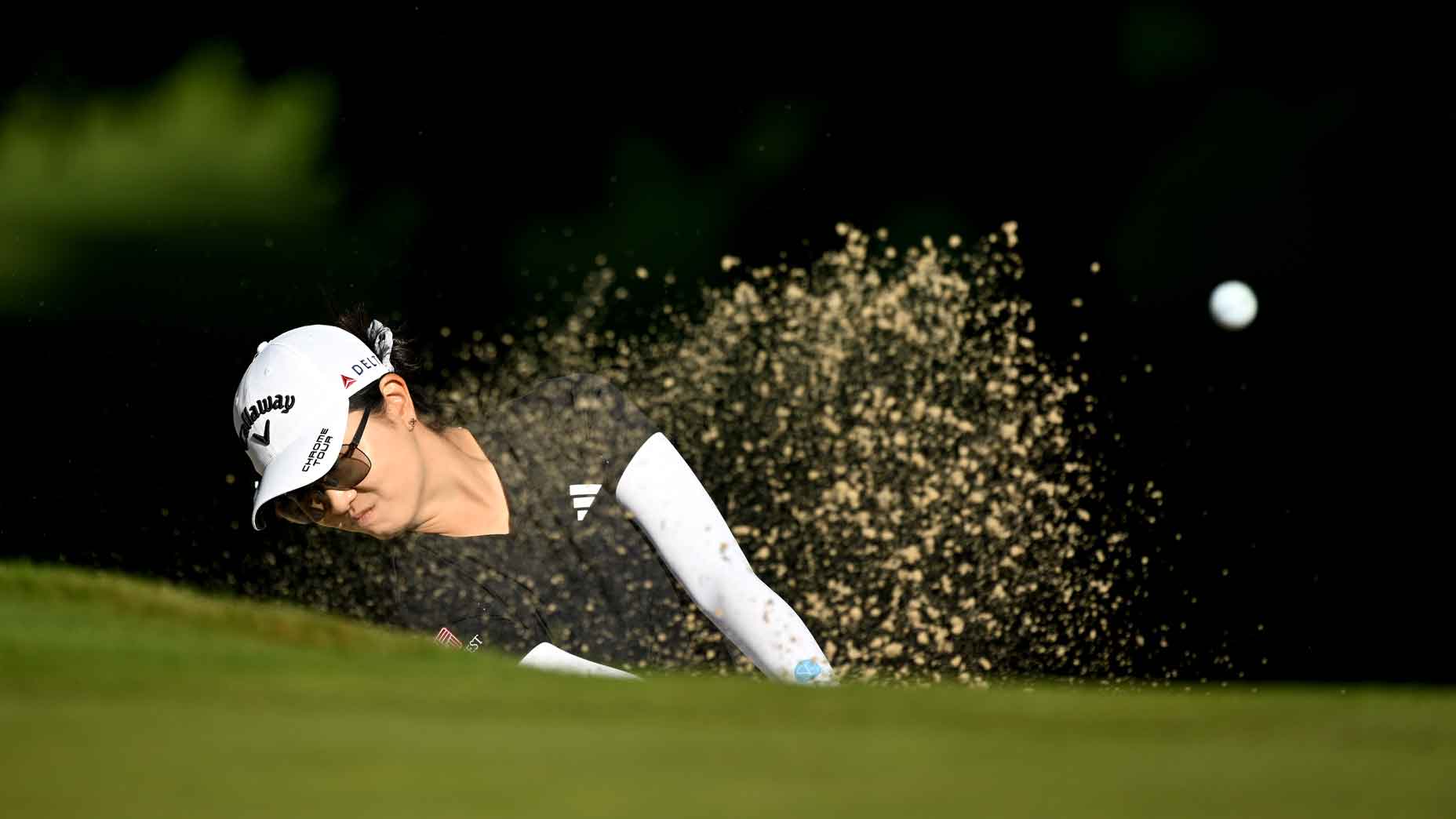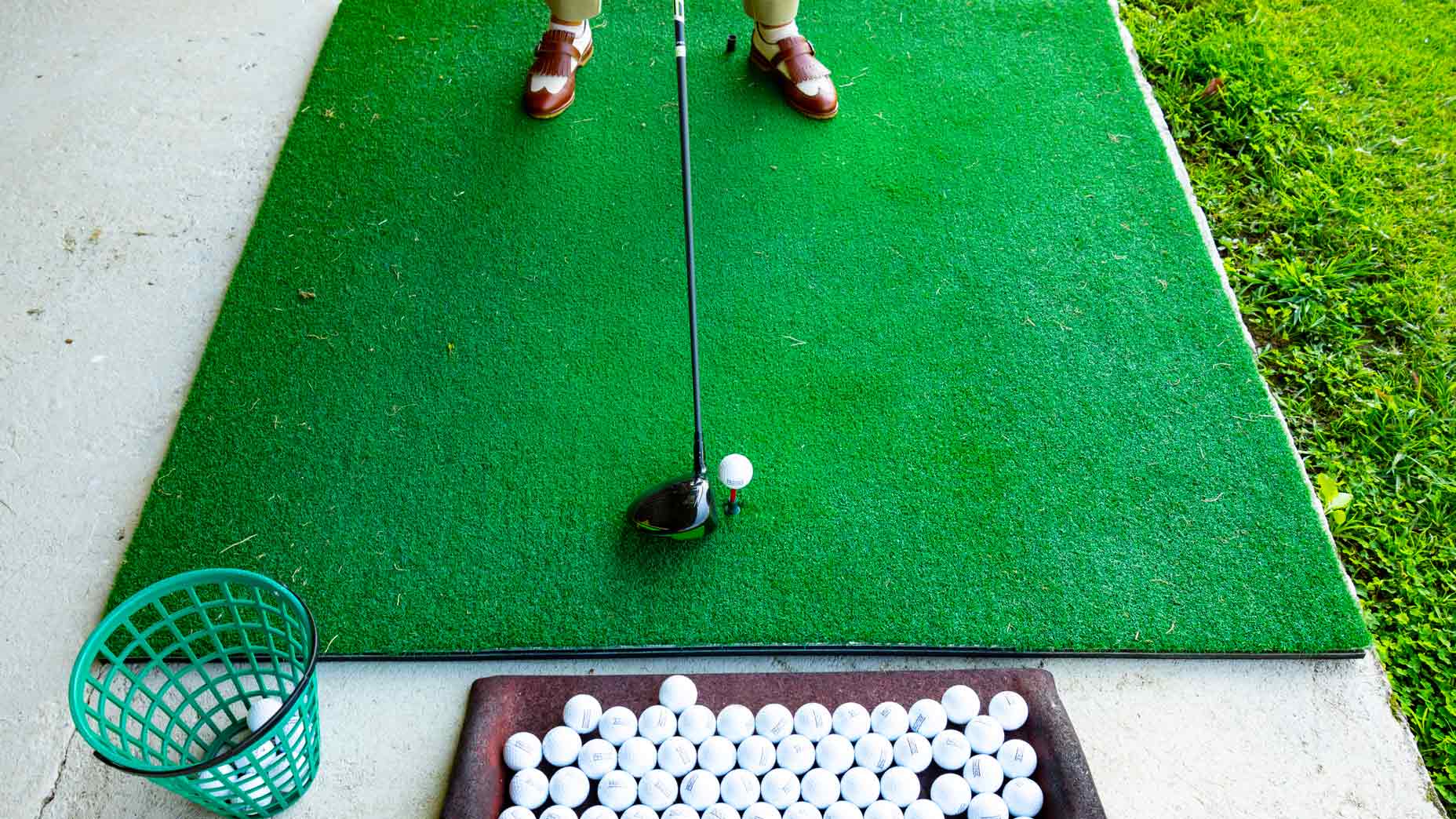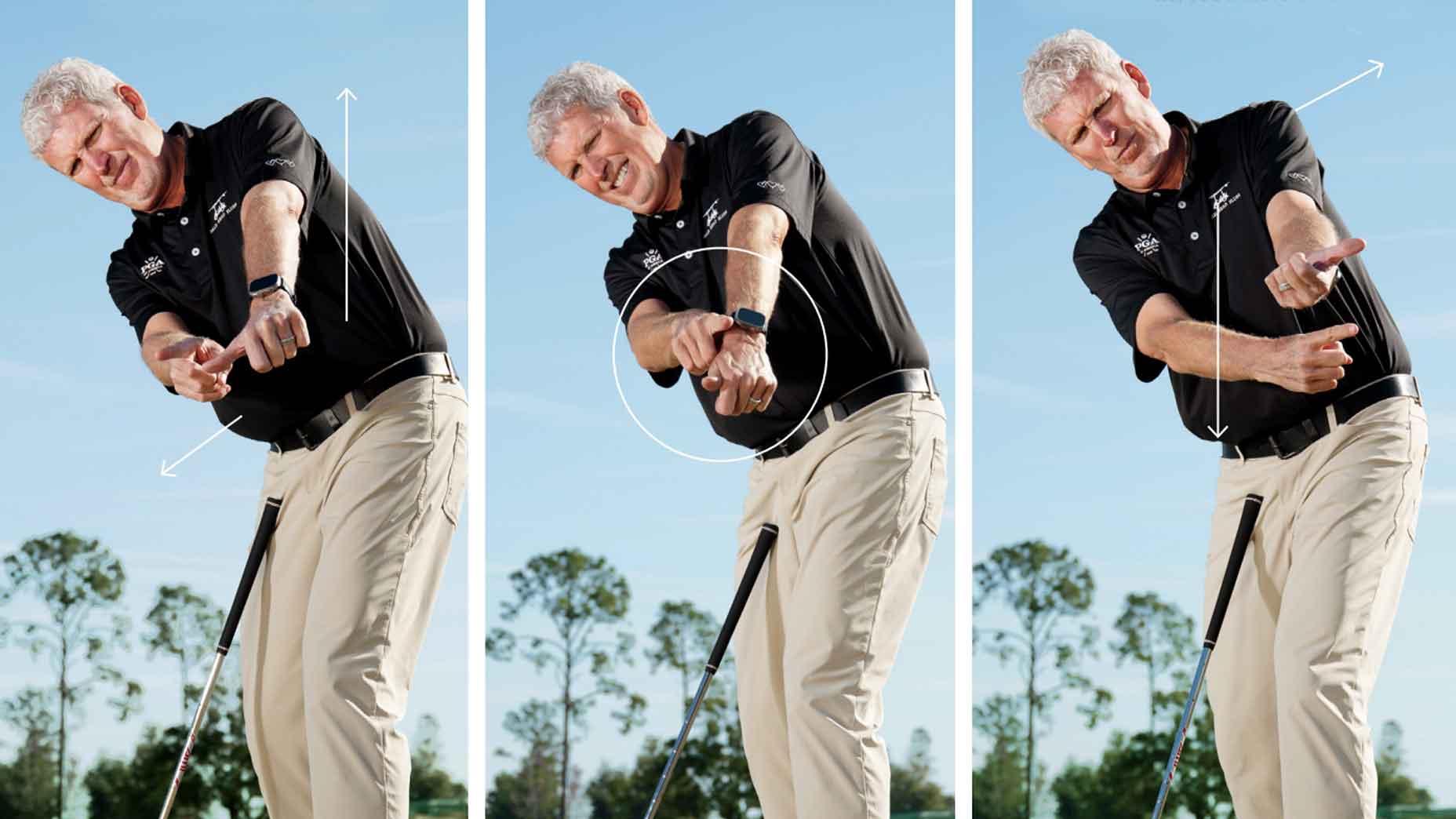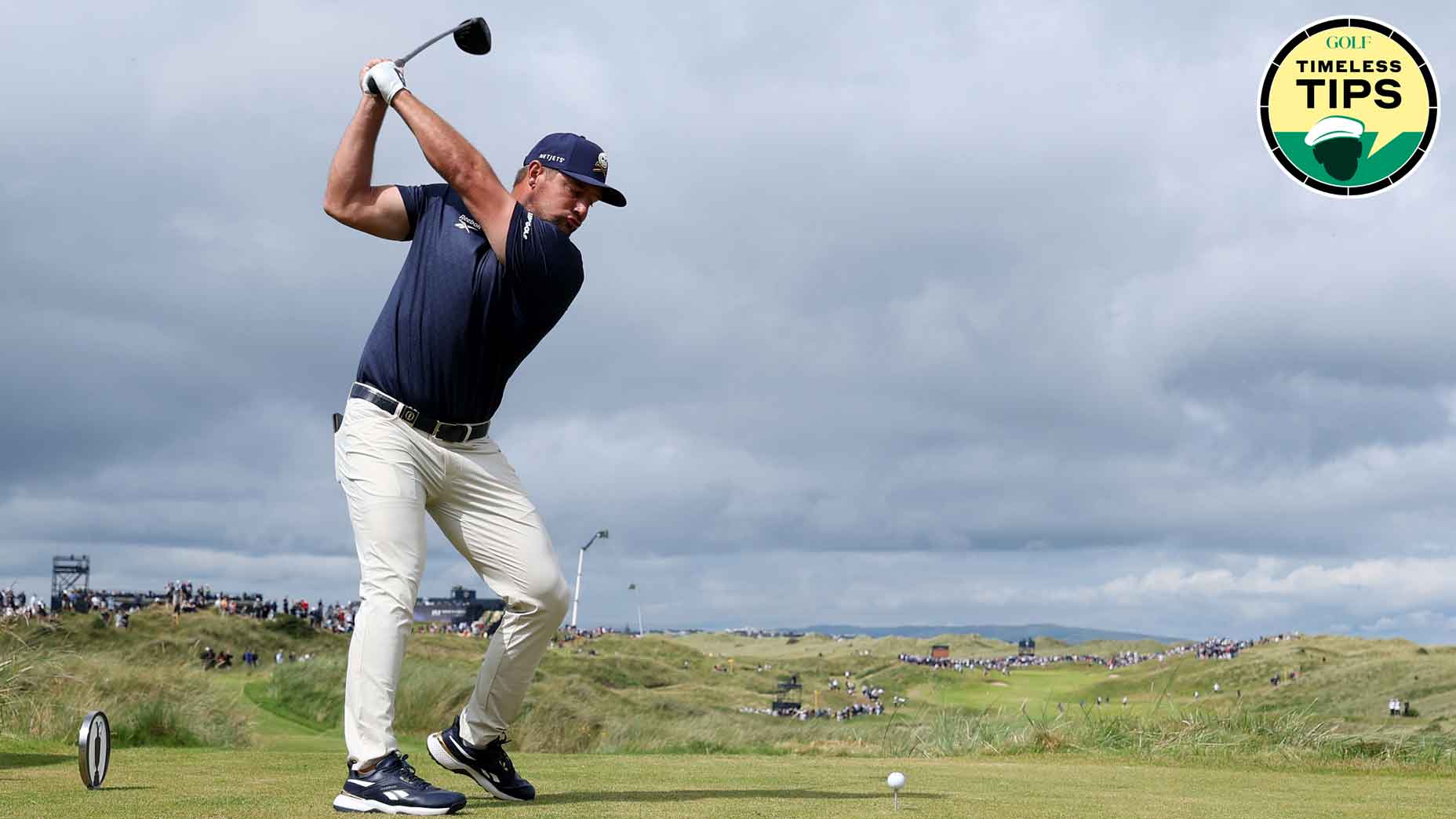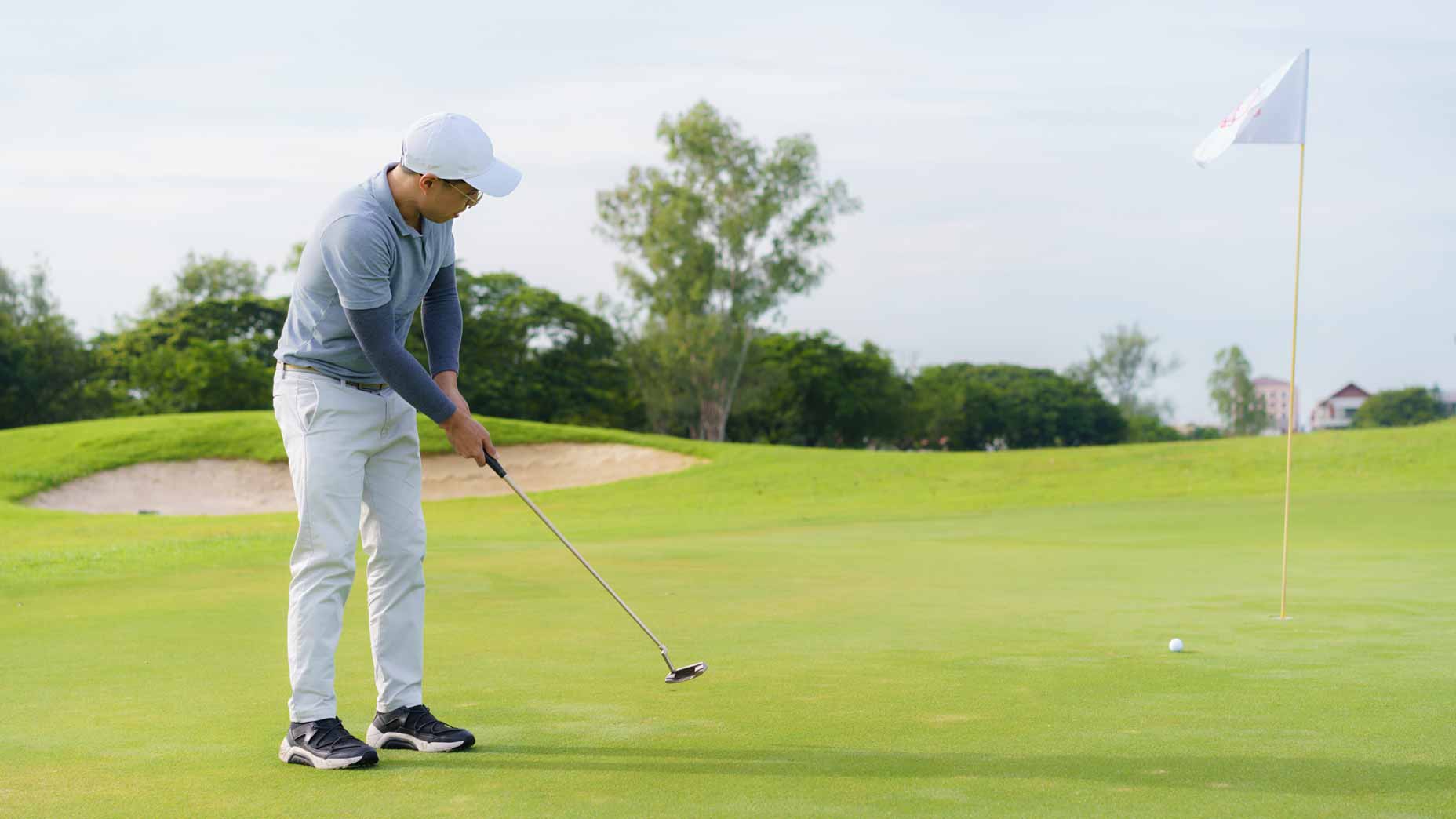Welcome to Shaving Strokes, a GOLF.com series in which we’re sharing improvements, learnings and takeaways from amateur golfers just like you — including some of the speed bumps and challenges they faced along the way.
Like sunglasses, there are so many options when it comes to styles of putting grips that it can be tough to land on the one that feels just right.
From the most popular choice (conventional) to some of the more alternative ones (like the claw or the saw), it can take years for a player to really get comfortable gripping the flat stick.
So what’s the simplest way to decide which putting grip works best for you? By understanding how (and why!) each one works.
I tapped GOLF Top 100 Teacher Jim Murphy to break down a few of the more common putting grips, with Murphy describing three options that could serve you well in the short game — and could help you quickly shave strokes off your scorecard!
Understanding different putting grips
While watching a PGA Tour or LIV Golf event, you’ll surely see plenty of different putting grips — some common and some on the funkier side. But Murphy says that, so long as the player’s seeing success, stick with what’s working!
“There isn’t just one way of gripping your putter,” he says. “But there are ways to grip a putter that can be more beneficial for shaving strokes, helping you become a better putter.”
So which grips does Murphy recommend? Here are the three most popular, with the top teacher describing the benefits of each.
Conventional grip
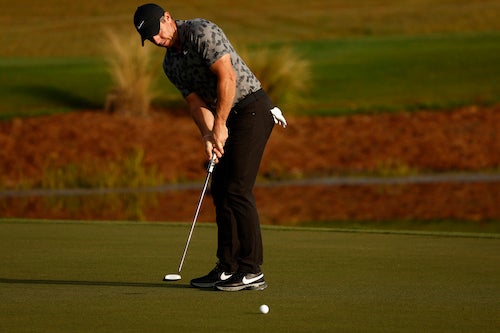
This is the most popular and widely used putting grip amongst golfers. It’s where the lead hand is on top and the trail hand is on the bottom, with both palms facing each other and both thumbs on top. This grip is a solid choice for most golfers — since it’s not very different than a normal full swing grip — and it allows you to swing the putter head back and forth on a consistent path and plane.
Left-hand low grip
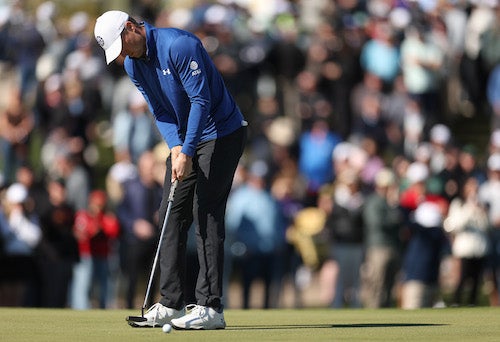
The left-hand low grip is when the lead hand is below the trail hand (which, in this case, is described a right-handed player). This putting grip is helpful for a player that tends to be too wristy or handsy in the stroke. With left-hand low, the grip end of the putter is closer to the body, which makes it more difficult for your hands or wrists to impact the stroke. This grip can also help square up the shoulders at address for a more consistent strike.
Claw grip
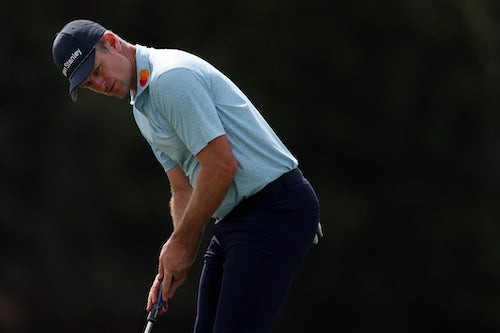
The claw grip is when the lead hand is on the grip more conventionally, and the trail hand uses mainly just the fingers on the grip. This is a good putting grip for players who struggle with a lead hand that tends to get a little shaky during the stroke. This grip helps counterbalance the lead hand so that a golfer doesn’t repeat the shaky pattern he or she has likely battled to get here. By using the lead hand in a new position, you’re able to release the club correctly through the ball.
So if you struggle a little bit with your putting, it might be time for a grip change. Test a few of these more popular options out during your next practice session and see if one of them unlocks a secret formula to being lethal on the greens.

Pelz Player Putting Mat
View Product
Latest In Instruction

Jim Murphy
Golf.com Contributor

Nick Dimengo
Golf.com Editor
